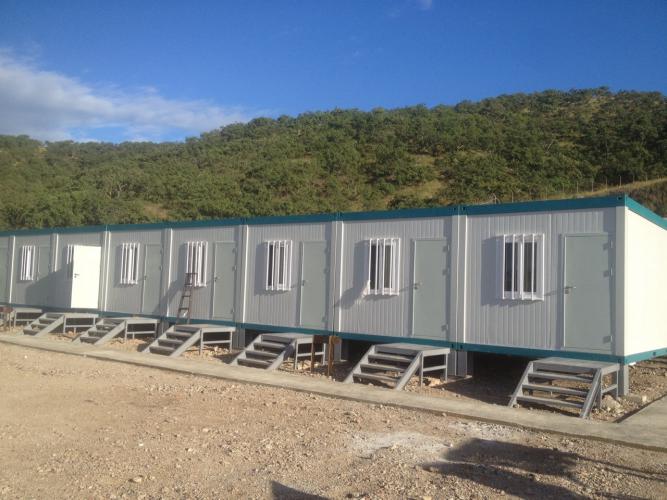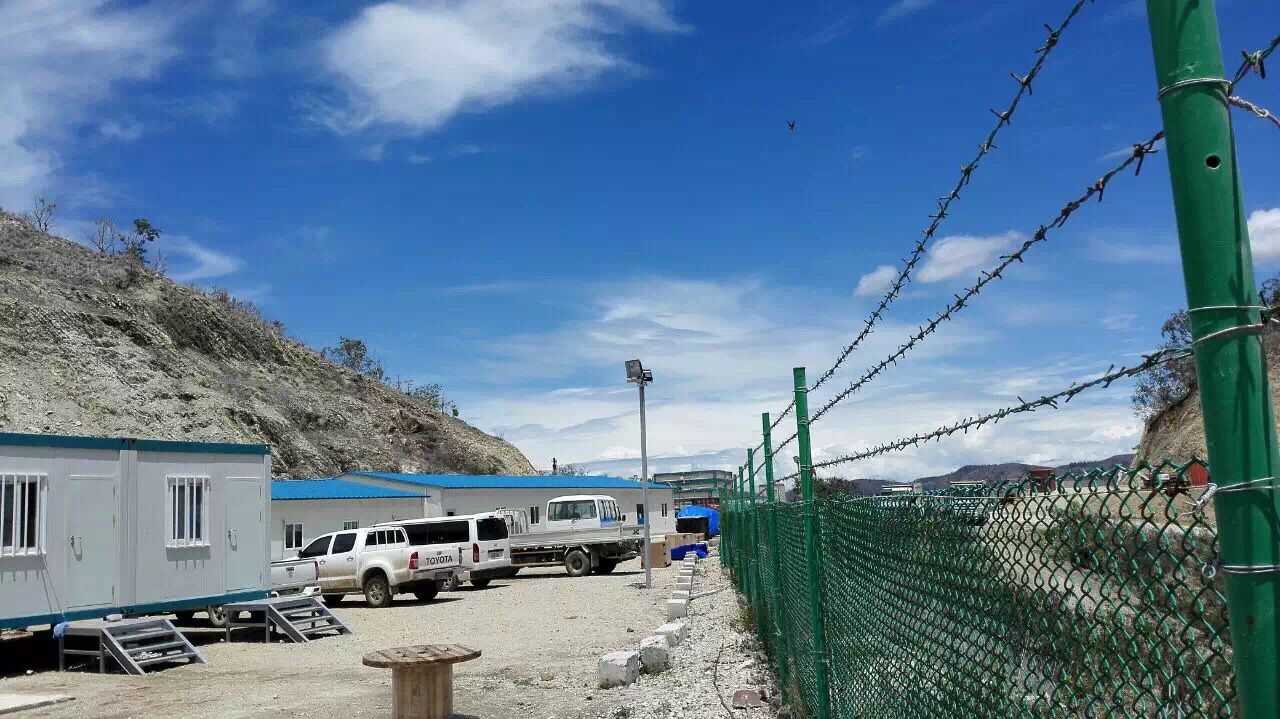When sourcing modular housing solutions for large-scale projects, choosing the right Chinese flat pack container house factory can make the difference between project success and costly delays. This comprehensive guide provides B2B buyers with essential frameworks for evaluating suppliers, assessing production capabilities, and ensuring quality standards that meet international requirements.
Why China Dominates Flat Pack Container House Manufacturing
China has established itself as the undisputed leader in flat pack container house manufacturing, commanding over 60% of the global modular housing market share. This dominance stems from several key advantages that make Chinese manufacturers the preferred choice for international buyers.
Cost advantages represent the most compelling factor, with Chinese Flat Pack Container House manufacturers offering 30-50% lower production costs compared to Western counterparts. This cost efficiency doesn't come at the expense of quality—leading Chinese Flat Pack Container House factories have invested heavily in advanced manufacturing technologies and quality control systems that rival international standards.
The flat-pack container house manufacturing scale in China is unmatched globally. Top-tier factories like Beijing Chengdong International Modular Housing produce over 40,000 units annually from single facilities spanning 70,000㎡. This scale enables economies that smaller manufacturers simply cannot achieve, resulting in better pricing, shorter lead times, and more reliable supply chains.
Technology integration has become a hallmark of leading Chinese Flat Pack Container House manufacturers. Modern facilities incorporate CNC cutting systems, robotic welding stations, and automated assembly lines that ensure consistent quality while maintaining competitive pricing. Advanced prefab construction techniques developed in China are now being adopted worldwide, positioning Chinese Flat Pack Container House manufacturers at the forefront of industry innovation.
Factory Scale & Production Capacity Analysis
Production Volume Benchmarks
Understanding production capacity tiers is crucial for B2B buyers to identify suppliers that can meet their project requirements reliably.
Tier 1 Factories represent the industry's top echelon, with annual capacities exceeding 20,000 units. Beijing Chengdong International Modular Housing exemplifies this category with its 40,000 units annual capacity across multiple product lines. These facilities can handle large-scale projects requiring thousands of units while maintaining consistent quality and delivery schedules.
Tier 2 Factories typically produce 5,000-20,000 units annually and serve as reliable suppliers for medium-scale projects. While lacking the scale advantages of Tier 1 manufacturers, they often provide more personalized service and greater flexibility for customization requests.
Minimum viable capacity for reliable supply chain partnerships starts at approximately 2,000 units annually. Factories below this threshold often struggle with consistency, quality control, and timely delivery—critical factors for project success.
Manufacturing Infrastructure Requirements
Modern flat pack container house production demands sophisticated infrastructure that extends far beyond basic fabrication capabilities.
Factory size standards for large-scale operations require minimum 50,000-70,000㎡ facilities to accommodate efficient production flow, quality control stations, and adequate storage areas. Chengdong's 70,000㎡ facility in Tangshan demonstrates how proper space allocation enables streamlined operations from raw material processing through final packaging.
Production line automation separates leading manufacturers from basic fabricators. Advanced facilities incorporate CNC cutting systems for precise steel processing, robotic welding stations ensuring consistent joint quality, and automated assembly lines that reduce human error while increasing throughput. These investments reflect long-term commitment to quality and efficiency.
Quality control stations must be integrated throughout the production process, not relegated to final inspection. Leading factories maintain dedicated areas for material testing, structural integrity verification, and finishing inspection. This systematic approach prevents defects from propagating through the production process.
Logistics capabilities encompass both physical infrastructure and operational expertise. Factories must demonstrate adequate container loading capacity, comprehensive export documentation systems, and established relationships with freight forwarders and shipping lines.
Quality Certification & Standards Verification
Essential Certifications
Quality certifications serve as the foundation for evaluating Chinese Flat Pack Container House manufacturers' capabilities and commitment to international standards.
ISO 9001 certification represents the minimum quality management system requirement for serious suppliers. However, buyers should verify certification scope, validity dates, and audit history. Beijing Chengdong has maintained ISO 9001:2015 certification since 2009, demonstrating sustained commitment to quality management.
ISO 14001 environmental management certification has become increasingly important as sustainability requirements tighten globally. This certification indicates systematic approaches to environmental impact reduction and resource conservation throughout manufacturing processes.
CE Marking with EN 1090-1:2009+A1:2011 compliance is essential for European market access. This certification covers steel structure manufacturing and welding requirements, ensuring products meet European safety and performance standards.
OHSAS 18001 occupational health and safety certification demonstrates manufacturer commitment to worker safety and systematic risk management. This certification often correlates with overall operational discipline and quality consciousness.
Regional certifications such as CSA W47.1 for Canadian markets or AWS welding inspector certification indicate manufacturer capability to meet specific market requirements and technical standards.
Product Quality Standards
Technical performance specifications provide objective criteria for comparing manufacturers and establishing quality expectations.
Structural performance requirements include wind load resistance capabilities of 0.5-0.6 kN/m² and appropriate seismic ratings for target markets. Leading manufacturers like Chengdong have demonstrated Category 17 hurricane resistance in real-world applications, providing confidence in extreme weather performance.
Thermal efficiency directly impacts user comfort and energy costs. Heat transfer coefficients of 0.46-0.64 W/(m·K) represent current industry benchmarks. Manufacturers should provide verified test data rather than theoretical calculations.
Corrosion protection through hot-dip galvanizing standards ensures longevity in challenging environments. Marine environment testing validates performance in coastal or high-humidity applications. This testing becomes critical for projects in tropical or maritime locations.
Fire safety compliance requires Class A fire-resistant materials and appropriate emergency egress designs. Manufacturers should demonstrate compliance with local building codes and international safety standards.
Factory Assessment Checklist for B2B Buyers
Production Capability Evaluation
Thorough assessment of production capabilities prevents supply chain disruptions and ensures project timeline adherence.
Annual capacity verification requires reviewing actual production records and delivery schedules rather than theoretical capacity claims. Request documentation of recent large orders and delivery performance to validate stated capabilities.
Equipment inventory assessment should focus on machinery age, maintenance protocols, and planned upgrade timelines. Modern CNC cutting equipment, automated welding systems, and quality testing instruments indicate serious manufacturing capability.
Workforce assessment encompasses technical staff qualifications, ongoing training programs, and retention rates. High-quality manufacturers invest in employee development and maintain stable technical teams. AWS-certified welding inspectors and engineering staff with relevant experience demonstrate technical competency.
Supply chain stability evaluation should examine raw material sourcing strategies, vendor relationships, and inventory management systems. Manufacturers with long-term supplier relationships and adequate inventory buffers can better manage market volatility and ensure consistent delivery.
Quality Control Systems
Systematic quality control prevents costly field failures and protects project reputation.
Incoming material inspection processes should include steel grade verification, panel thickness testing, and component quality validation. Manufacturers should maintain certificates of compliance and test records for all incoming materials.
In-process quality checks must occur at multiple production stages rather than only final inspection. Welding certification requirements, assembly precision monitoring, and finish quality control demonstrate systematic quality management.
Final product testing should include structural load testing, weatherproofing validation, and functional system verification. Leading manufacturers maintain dedicated testing facilities and provide comprehensive test reports with each shipment.
Traceability systems enable rapid response to quality issues and support warranty claims. Manufacturers should demonstrate batch tracking capabilities, quality record retention, and comprehensive warranty documentation systems.
Top China Flat Pack Container House Factory Profile
Beijing Chengdong International Modular Housing
Beijing Chengdong International Modular Housing represents the gold standard in Chinese flat pack container house manufacturing, with over 25 years of global experience and an impressive track record of successful project deliveries.
Production capacity of 40,000 units annually from their 70,000㎡ facility in Tangshan positions Chengdong among the world's largest modular housing manufacturers. This scale enables competitive pricing while maintaining quality standards that meet international requirements.
Global project experience spans over 100 countries with more than 2,000 completed projects. This extensive portfolio demonstrates capability to adapt products for diverse climates, building codes, and operational requirements.
Technical specializations include their patented ZA-type houses featuring advanced sealing systems, ZM steel structures for large-span applications, and climate-adapted solutions tested in environments ranging from -52°C Arctic conditions to 60°C desert heat.
Notable project achievements showcase Chengdong's capabilities:
Algeria Zhiliatangote Refinery: 10,000-person accommodation camp completed in 120 days, demonstrating massive project management capabilities
India Tata Steel: Multi-phase container office project that survived Category 5 cyclone conditions, proving structural integrity
Kazakhstan Astana Light Railway: -52°C cold-resistant housing for 3,000 workers, showcasing extreme climate expertise
Kenya Mombasa Railway: 82,394㎡ comprehensive camp with full recreational facilities, highlighting complex project integration
Quality certifications include ISO 9001:2015, CE marking (EN 1090-1), CSA W47.1 for Canadian markets, and AWS welding inspector certification. This comprehensive certification portfolio enables global market access.
Factory Visit & Due Diligence Guide
Pre-Visit Preparation
Effective factory evaluation requires systematic preparation and clear evaluation criteria.
Document requests should include current business licenses, export certifications, client reference lists, and recent project portfolios. Financial documentation such as credit ratings and insurance coverage provides insight into operational stability.
Technical specifications review should encompass complete product catalogs, engineering drawings, and third-party test reports. This documentation enables meaningful technical discussions during site visits.
Reference verification involves direct contact with recent clients to validate performance claims and identify potential issues. Focus on projects similar in scale and complexity to your requirements.
On-Site Inspection Protocol
Structured site visits provide crucial insights beyond marketing presentations and documentation review.
Production floor assessment should evaluate equipment condition, workflow efficiency, and safety practices. Modern automated equipment, organized work areas, and comprehensive safety protocols indicate professional operations.
Quality laboratory evaluation must examine testing equipment condition, calibration records, and sample analysis capabilities. Independent testing capability demonstrates commitment to quality verification.
Management interviews should focus on technical capabilities, project experience, and customer service approach. Experienced management teams with relevant industry background can navigate complex project requirements more effectively.
Worker condition assessment encompasses safety protocols, training programs, and workplace environment. Professional working conditions often correlate with product quality and operational consistency.
Supply Chain & Delivery Capabilities
Export Infrastructure
Efficient export capabilities are essential for international project success and cost control.
Port proximity significantly impacts logistics costs and delivery flexibility. Chengdong's Tangshan facility provides convenient access to Tianjin and Qingdao ports, major gateways for international shipping.
Container optimization through efficient flat-pack design can reduce shipping costs by up to 70% compared to pre-assembled units. Leading manufacturers optimize packaging to maximize container utilization while ensuring product protection.
Documentation expertise in export licenses, customs clearance, and international standards compliance prevents costly delays and regulatory issues. Experienced manufacturers maintain dedicated export departments with established procedures.
Global Delivery Network
Reliable delivery networks enable predictable project timelines and risk mitigation.
Logistics partnerships with established shipping lines and freight forwarders provide routing flexibility and competitive pricing. Long-term relationships often result in priority service and preferential rates.
Installation support services including technical guidance, on-site supervision, and training programs add significant value for complex projects. Chengdong's global project experience enables comprehensive support services tailored to local conditions.
After-sales service capabilities encompassing warranty coverage, spare parts availability, and maintenance support protect long-term project value. Established manufacturers maintain global service networks to support their products throughout their lifecycle.
Cost Structure & Pricing Analysis
Factory Pricing Components
Understanding cost structure enables better negotiation and budget planning.
Base manufacturing costs include materials, labor, and overhead allocation. Leading manufacturers provide detailed cost breakdowns that enable buyers to understand value proposition and identify optimization opportunities.
Quality premiums reflect certification costs, testing expenses, and compliance investments. While these increase initial costs, they provide value through reduced risk and improved performance.
Volume discounts become available at specific quantity breakpoints and through long-term contract commitments. Understanding these thresholds enables strategic procurement planning.
Customization surcharges for engineering modifications, special features, and expedited delivery should be clearly defined to prevent unexpected costs. Reputable manufacturers provide comprehensive quotations that include all applicable charges.
Total Cost of Ownership
Complete cost analysis extends beyond initial purchase price to encompass full project lifecycle.
Shipping and logistics costs including freight, insurance, and customs duties can represent 20-30% of total project cost. Efficient packaging and established logistics networks minimize these expenses.
Installation expenses encompass site preparation, assembly labor, and equipment rental. Manufacturers providing comprehensive installation support often deliver better overall value despite higher initial costs.
Long-term value considerations include durability expectations, maintenance requirements, and resale potential. Higher-quality products typically provide better lifecycle value through extended service life and lower maintenance costs.
Risk Mitigation & Supplier Relationship Management
Supplier Diversification Strategy
Strategic supplier management balances cost optimization with risk mitigation.
Primary vs. secondary suppliers allocation should consider capacity constraints, geographic risks, and relationship development requirements. Maintaining 70-80% volume with primary suppliers while developing secondary sources provides flexibility and negotiation leverage.
Geographic considerations include regional supply alternatives and shipping route diversification. Multiple sourcing regions can mitigate localized disruptions while maintaining cost competitiveness.
Backup planning requires pre-qualified alternative sources and emergency procurement protocols. Crisis situations demand immediate response capability that requires advance preparation.
Contract Protection
Comprehensive contracts protect project interests while establishing clear performance expectations.
Quality guarantees should specify performance requirements, penalty clauses, and warranty terms. Clear specifications prevent disputes and provide recourse for non-conforming products.
Delivery assurance mechanisms including schedule commitments, delay penalties, and force majeure provisions protect project timelines. Realistic schedules with appropriate buffers improve delivery reliability.
Intellectual property protection through design protection, confidentiality agreements, and trademark rights prevents unauthorized copying and protects competitive advantages.
Future Trends & Factory Selection Considerations
Industry Evolution
Understanding industry trends enables better long-term supplier selection decisions.
Automation advancement including robotic assembly, AI quality control, and predictive maintenance will reshape manufacturing capabilities. Suppliers investing in these technologies will maintain competitive advantages.
Sustainability focus on green materials, energy efficiency, and circular economy practices reflects growing regulatory and market requirements. Forward-thinking manufacturers are developing solutions that meet evolving sustainability standards.
Market expansion into emerging markets, new applications, and evolving regulatory environments requires adaptable suppliers with global perspective and local expertise.
Factory Adaptability
Supplier selection should consider long-term adaptability and growth potential.
Technology adoption capability reflects investment in R&D, innovation culture, and future-proofing strategies. Leading manufacturers continuously evolve their capabilities to maintain market leadership.
Market responsiveness includes customization flexibility, new product development capability, and customer feedback integration systems. Agile suppliers adapt quickly to changing requirements.
Scalability potential through expansion plans, capacity growth capability, and market diversification strategies indicates long-term partnership viability.
Conclusion & Action Steps
Decision Framework Summary
Successful supplier selection requires systematic evaluation across multiple criteria.
Key evaluation criteria prioritize production capacity, quality certifications, technical capabilities, and proven project experience. These factors provide the foundation for reliable partnership.
Red flags to avoid include unverified certifications, inadequate production infrastructure, and lack of relevant project references. These indicators suggest potential quality or delivery issues.
Success indicators encompass strong track records, modern facilities, responsive management, and comprehensive support services. Leading suppliers like Beijing Chengdong International Modular Housing demonstrate these characteristics through decades of successful project delivery.
Next Steps for Buyers
Systematic procurement processes improve supplier selection outcomes.
Factory shortlisting should identify 3-5 qualified candidates based on technical requirements, capacity needs, and quality standards. This focused approach enables thorough evaluation while managing resource requirements.
Due diligence timeline typically requires 4-6 weeks for comprehensive supplier assessment including documentation review, site visits, and reference verification. Adequate time investment prevents costly selection mistakes.
Pilot project approach provides practical performance validation through small-scale testing before major commitments. This strategy reduces risk while building supplier relationships.
Long-term partnership development through relationship building, continuous improvement programs, and strategic collaboration creates mutual value and competitive advantages.
The Chinese flat pack container house manufacturing industry offers tremendous opportunities for buyers seeking reliable, cost-effective modular housing solutions. Success requires careful supplier selection, thorough due diligence, and strategic relationship management. Leading manufacturers like Beijing Chengdong International Modular Housing provide the scale, quality, and experience necessary for complex international projects.
Ready to kickstart your modular building project? Contact the Chengdong Modular House expert team today to receive:
A free factory capacity assessment report
Customized product configurations and detailed quotations
Factory tour and model home demo arrangements
Technical manuals and case study whitepapers
Partner with Chengdong to ensure efficient project delivery and unparalleled quality.


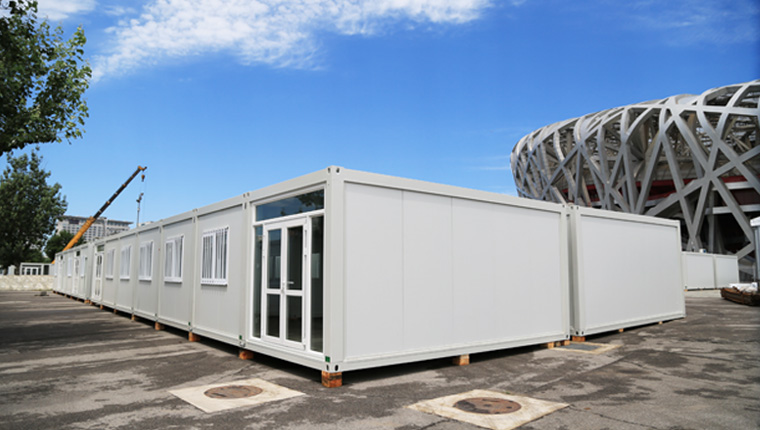
More
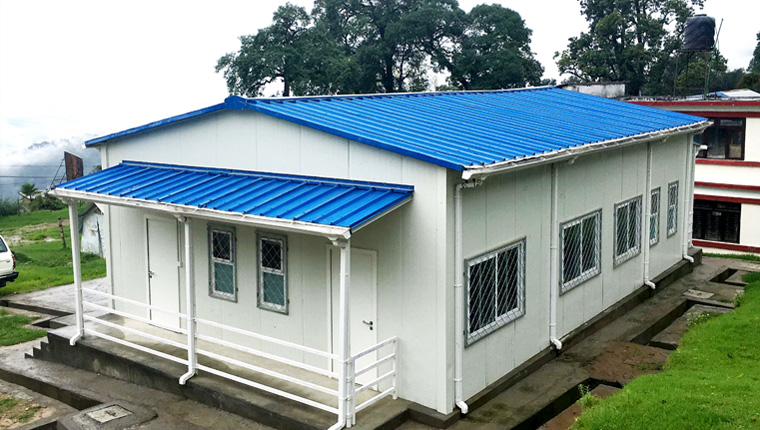
More
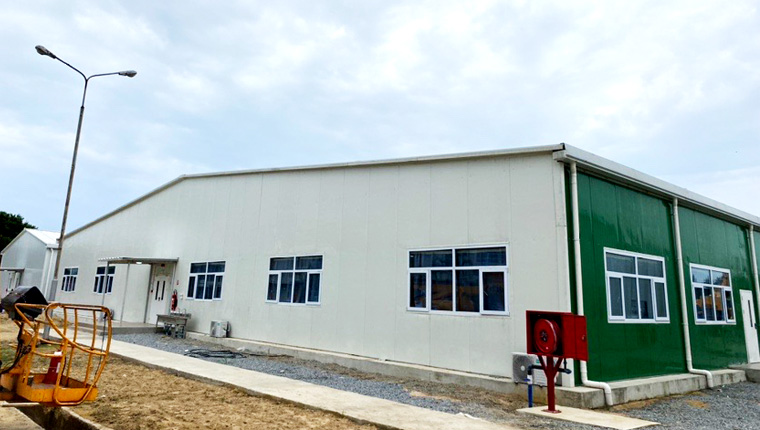
More
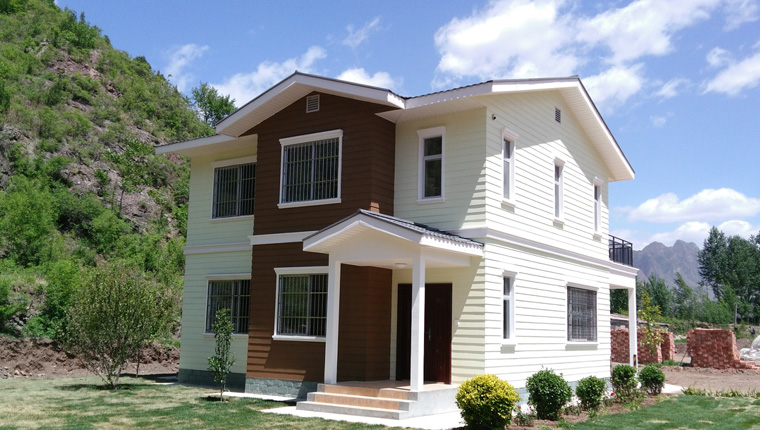
More
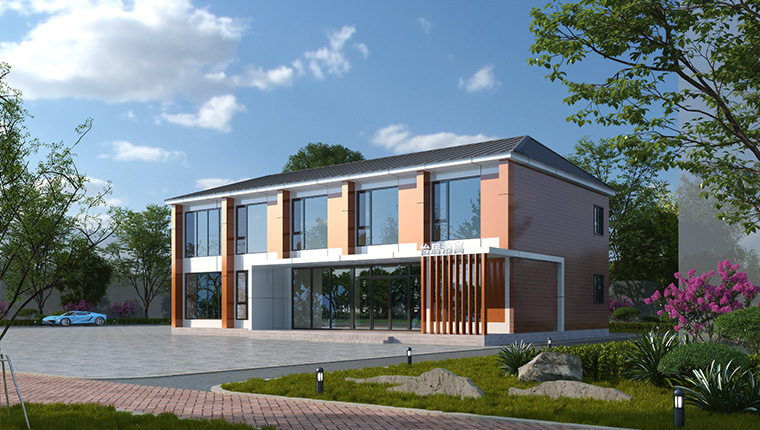
More
Learn More
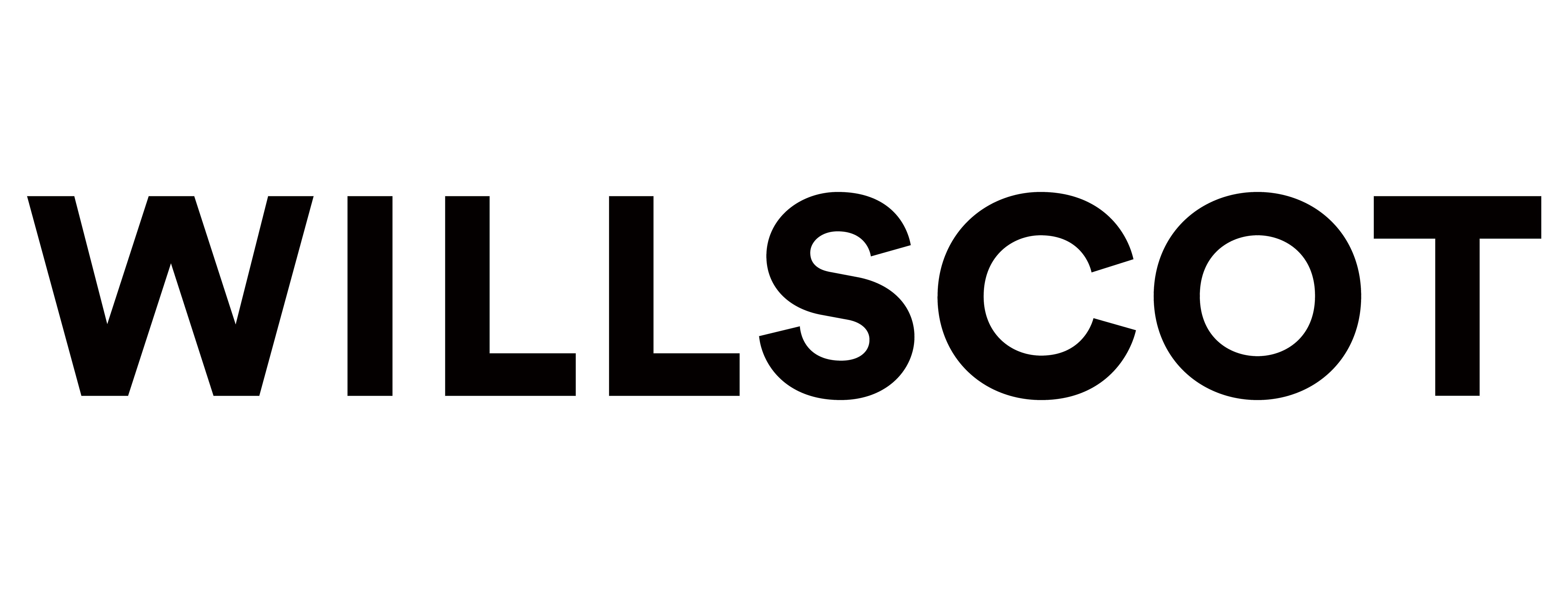

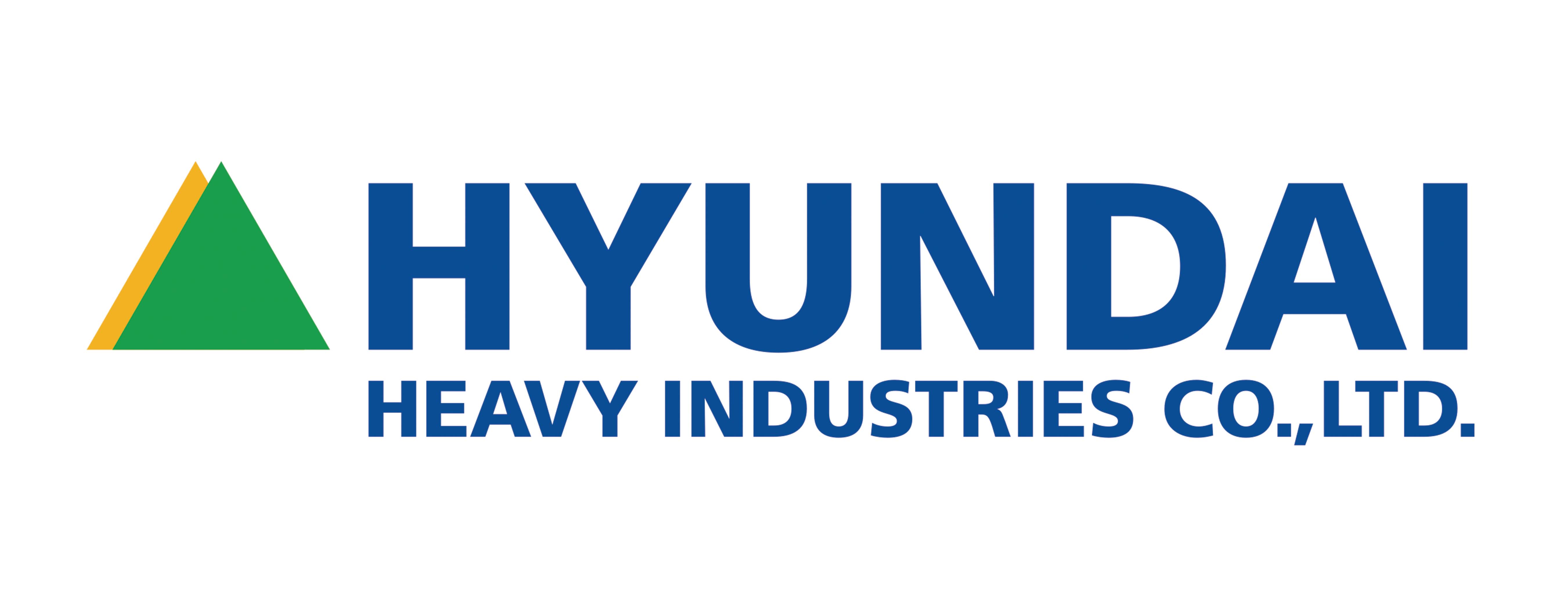
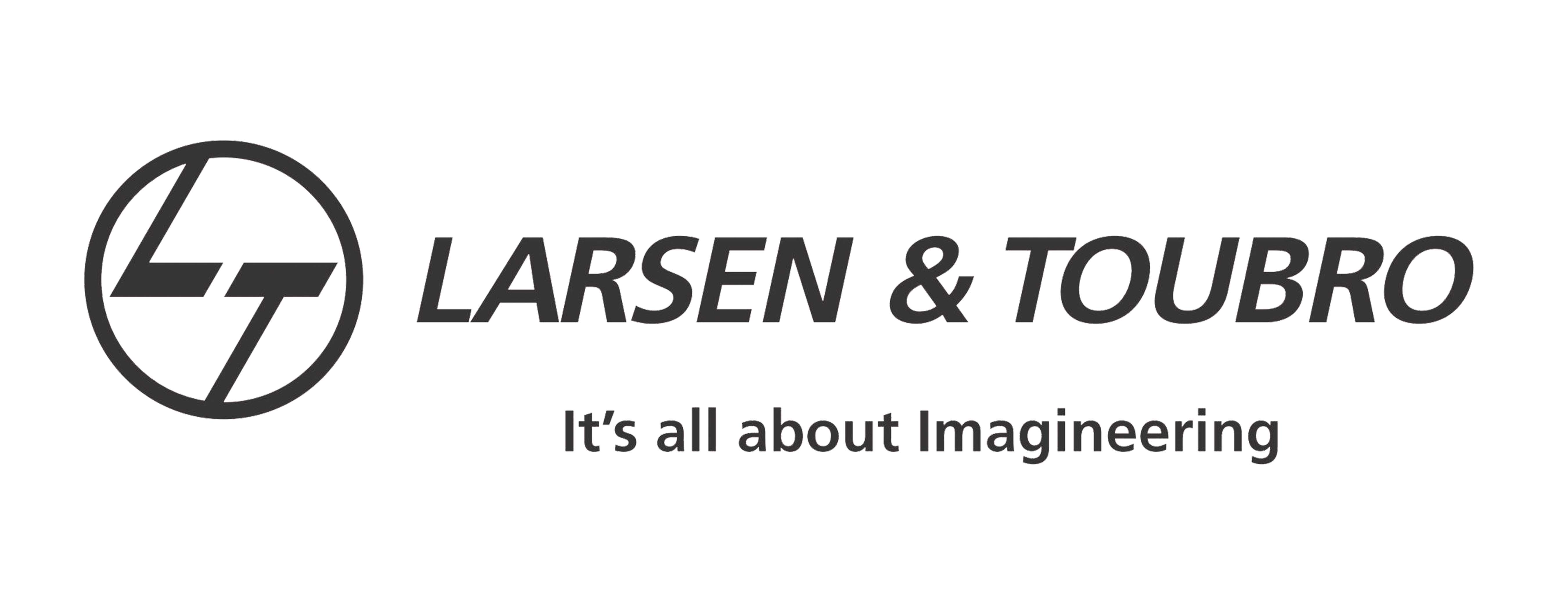
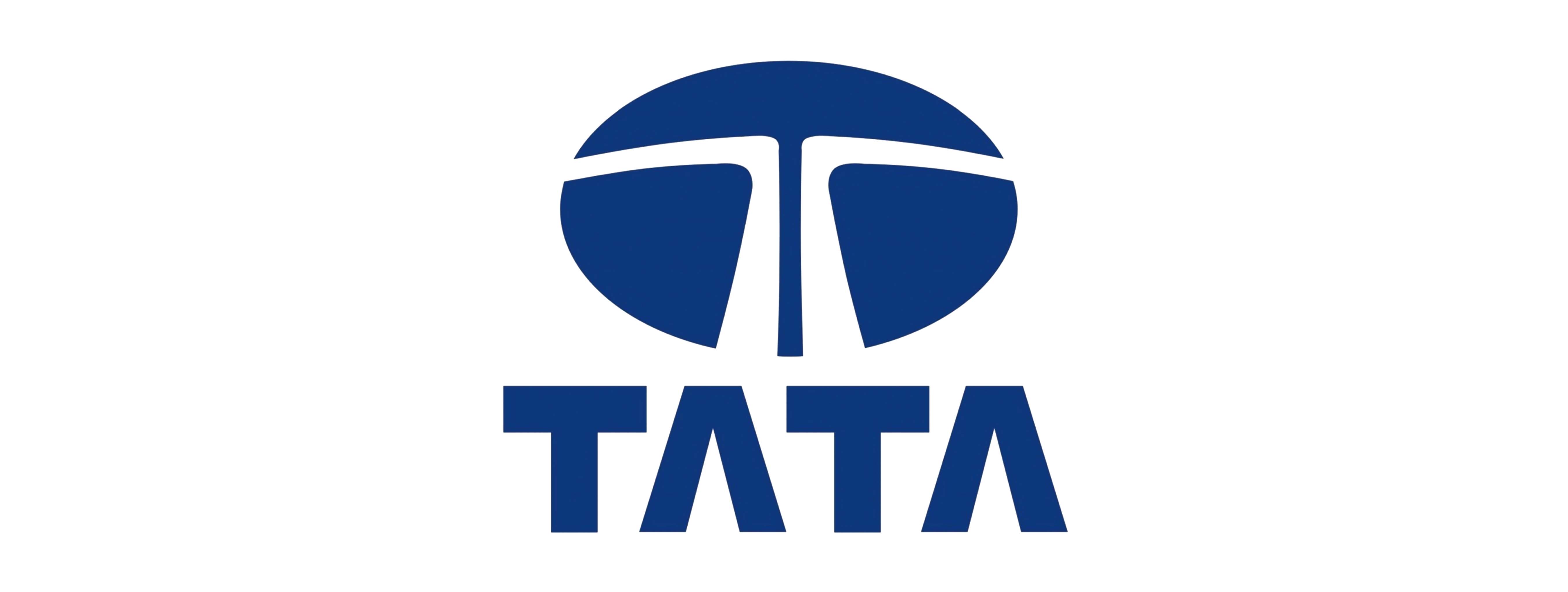
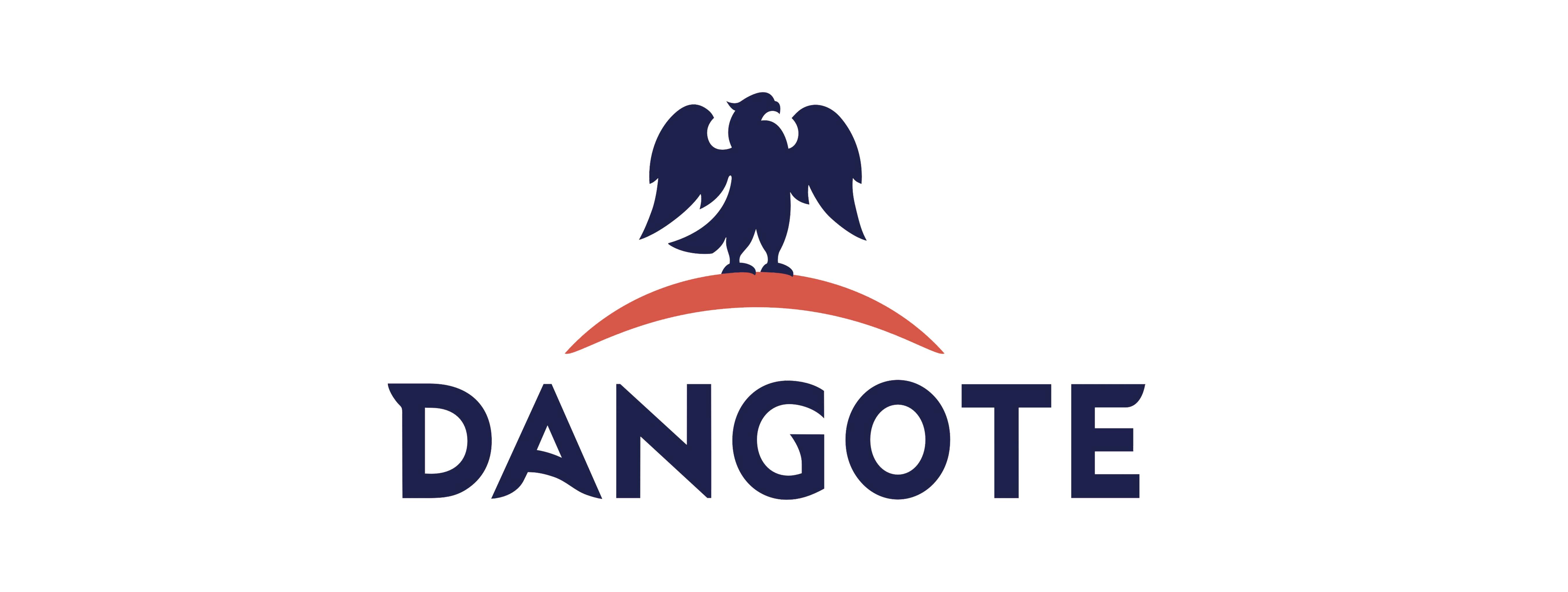
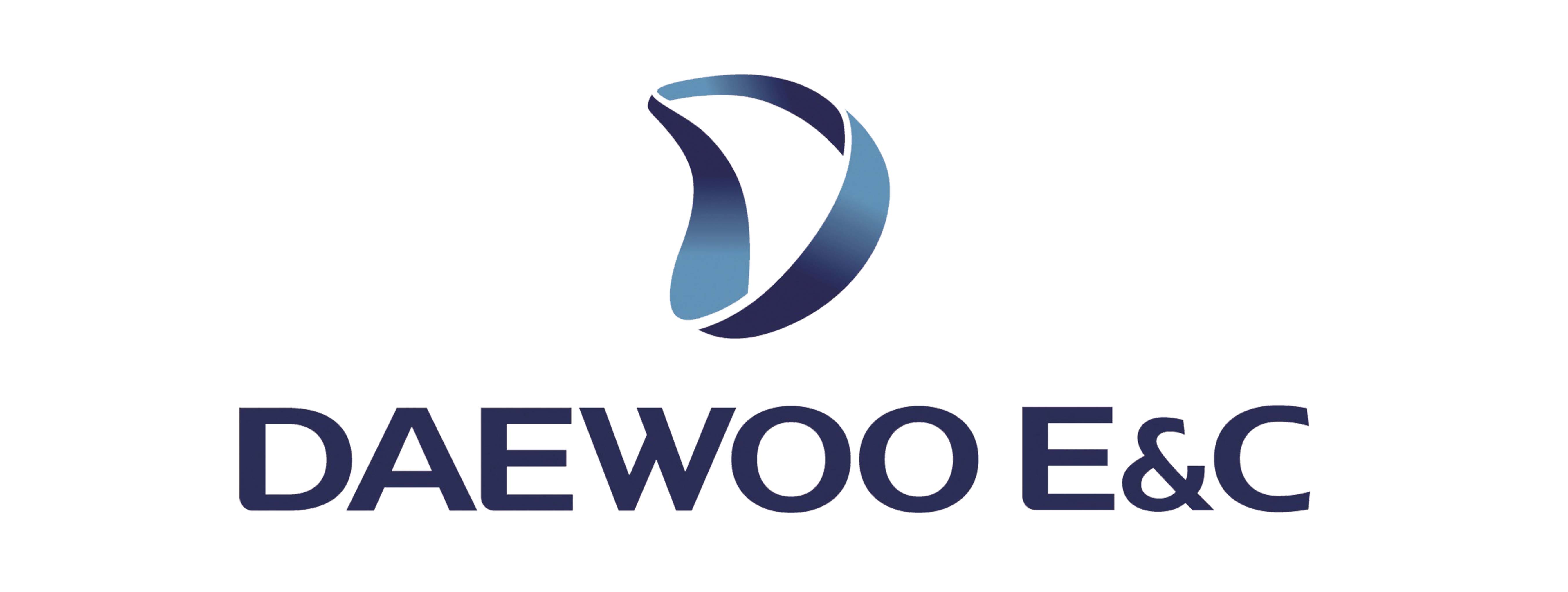
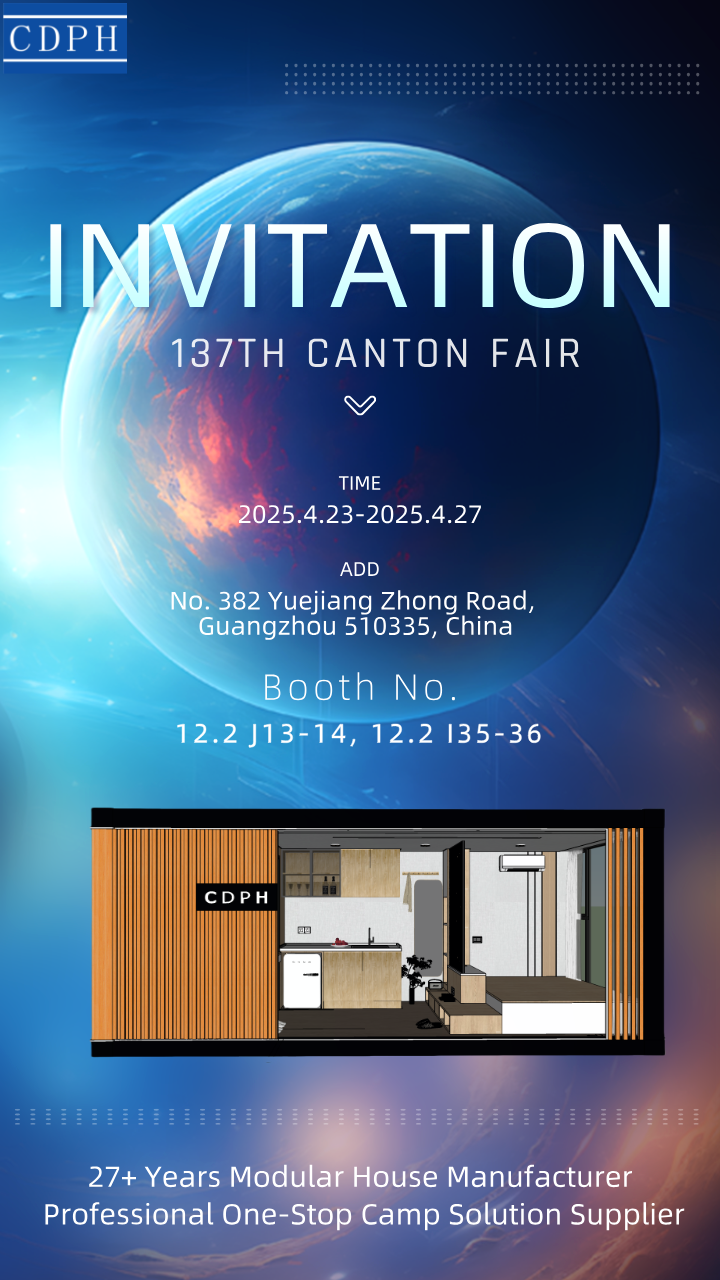

















![Top Advantages of Modular Construction Explained [2025]](/uploads/upload/images/20250424/0fb390068474145a09a8c0504c73b1d2.png)
